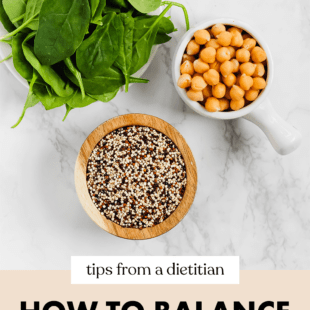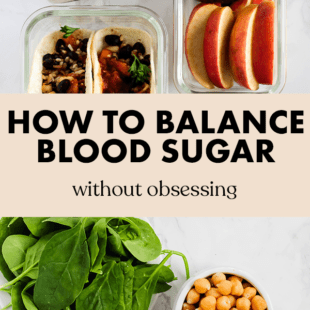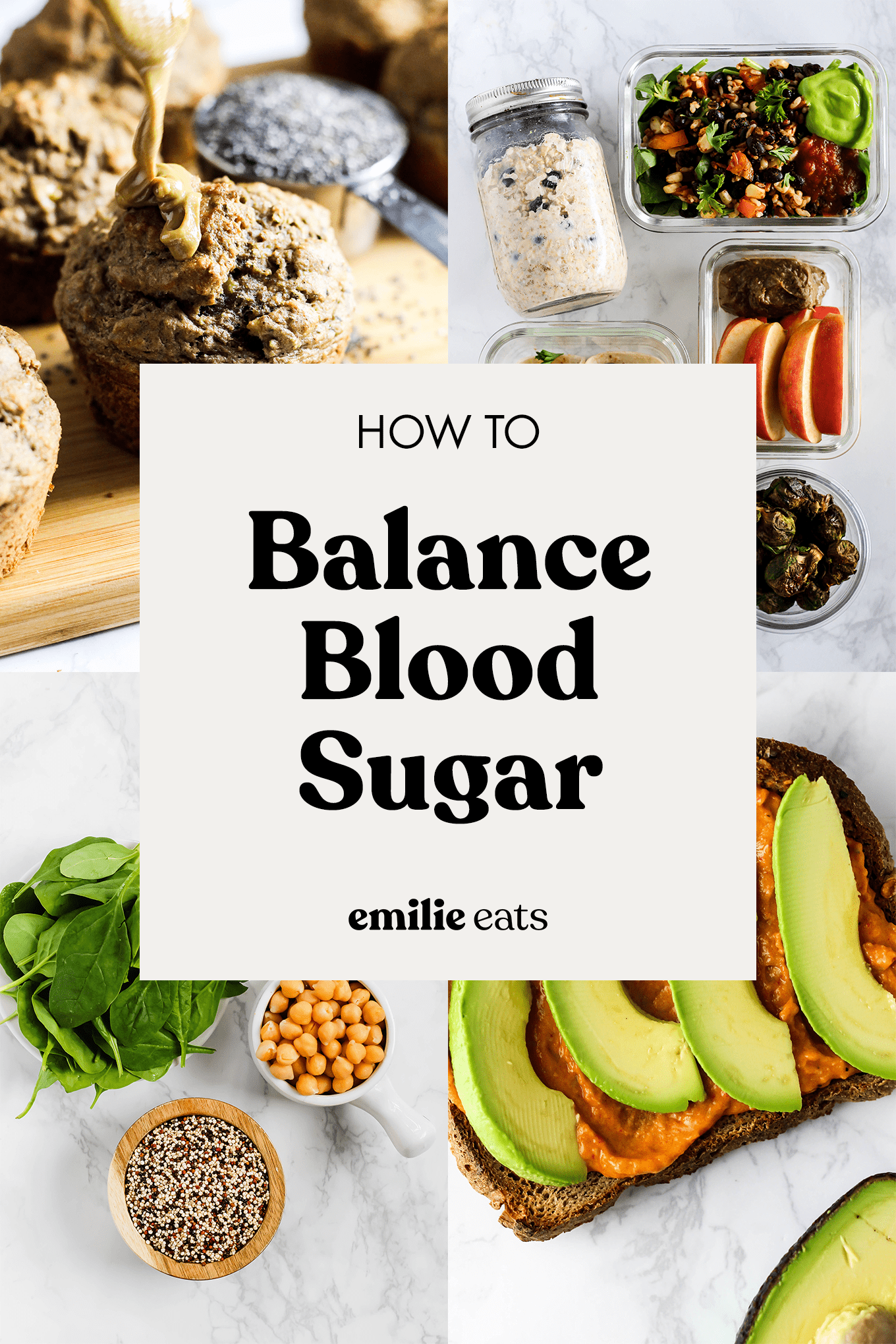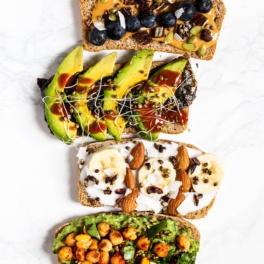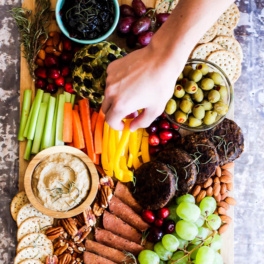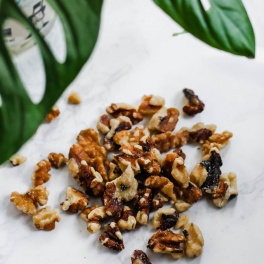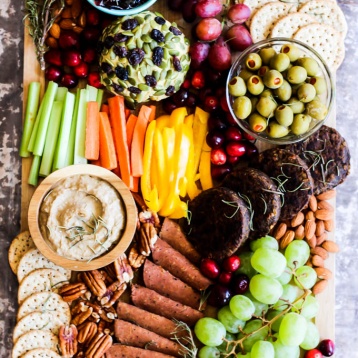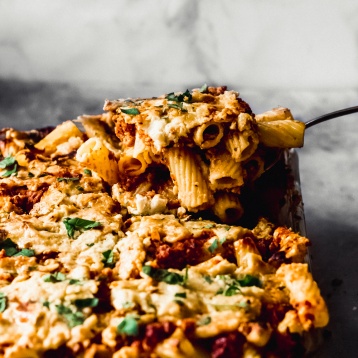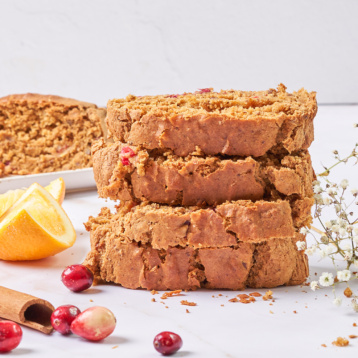What causes blood sugar spikes and why is everyone obsessed with controlling them? Learn how to balance blood sugar without overthinking it.
How to Balance Blood Sugar without Obsessing
It seems that “balancing blood sugar” is a really hot topic right now. Previously, the only people who thought about blood sugar were people with diabetes or other blood glucose disorders. Now, I’m seeing TikToks everywhere about “blood sugar hacks.”
While I appreciate the interest in blood sugar management, I do see (as with most nutrition trends) the opportunity to get way too obsessive about it. I’m here as a dietitian to tell you: you can pay attention to blood sugar (especially if you’re at risk for diabetes) without falling into disordered habits.
In this post, we’ll go through some background education on blood sugar. Then, I’ll share specific strategies for managing blood sugar levels – without eliminating any foods, restricting carbs, or getting obsessive.
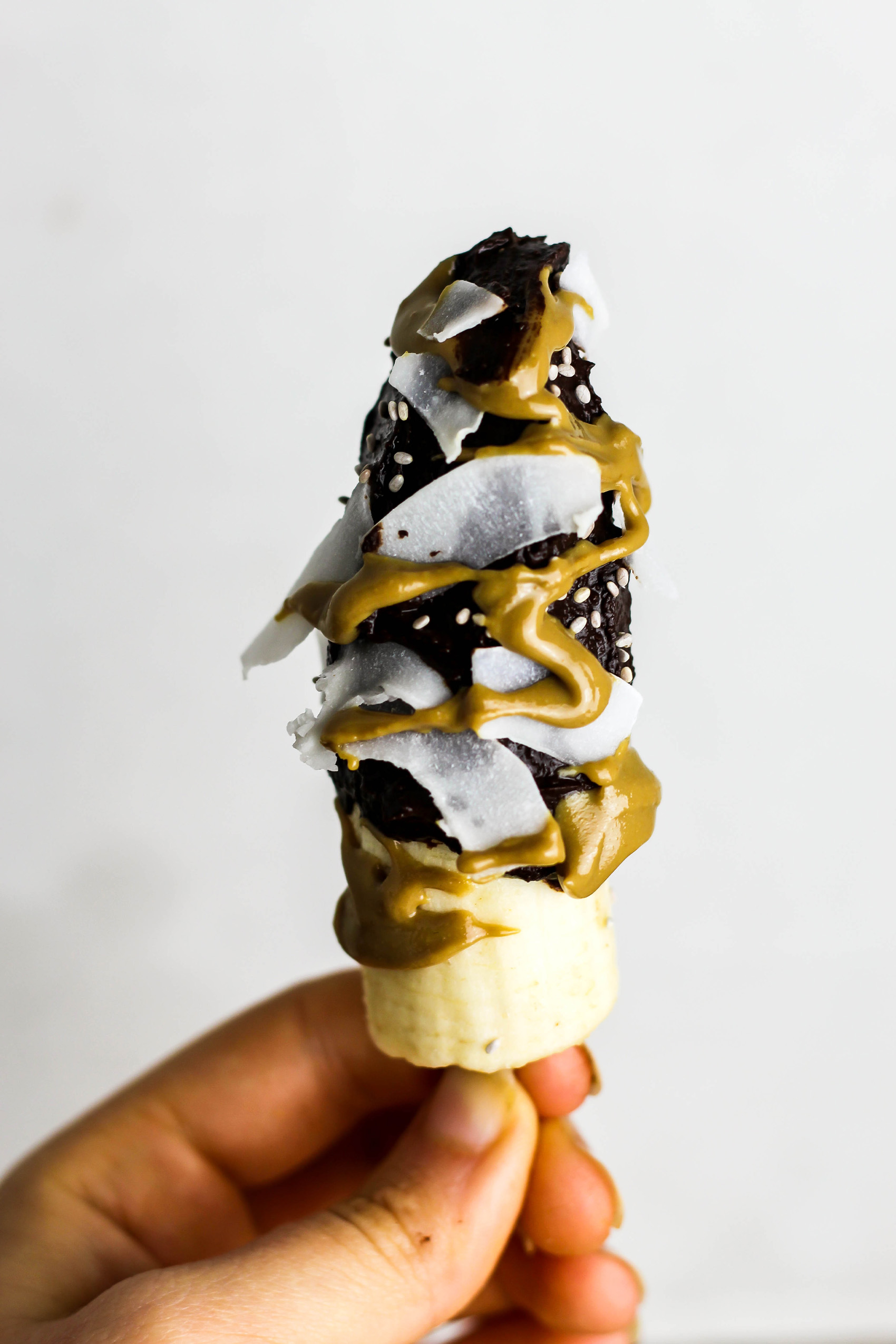
What Causes Blood Sugar Spikes?
When we eat, our digestive system breaks down carbohydrate into glucose, then releases it into our blood (hence, “blood sugar” or “blood glucose”). Then, insulin (a hormone) acts like a key to open the door to our cells so the glucose can be utilized for energy or stored. Thus, insulin lowers blood sugar levels.
What we like to see with blood sugar is even, rolling hills throughout the day – gentle rises after eating, and gentle falls as we enter fasting mode in between eating. But sometimes we see severe blood sugar spikes and crashes, which can increase our risk for insulin resistance and type 2 diabetes (and also leave us feeling like crap).1 Typically, we’d see this after eating many carbohydrates with nothing to blunt the spike (more on that later) or in people who go long stretches of time without eating.
Next, we’ll go through healthy blood sugar levels, then how to balance blood sugar through food, movement, and stress reduction.
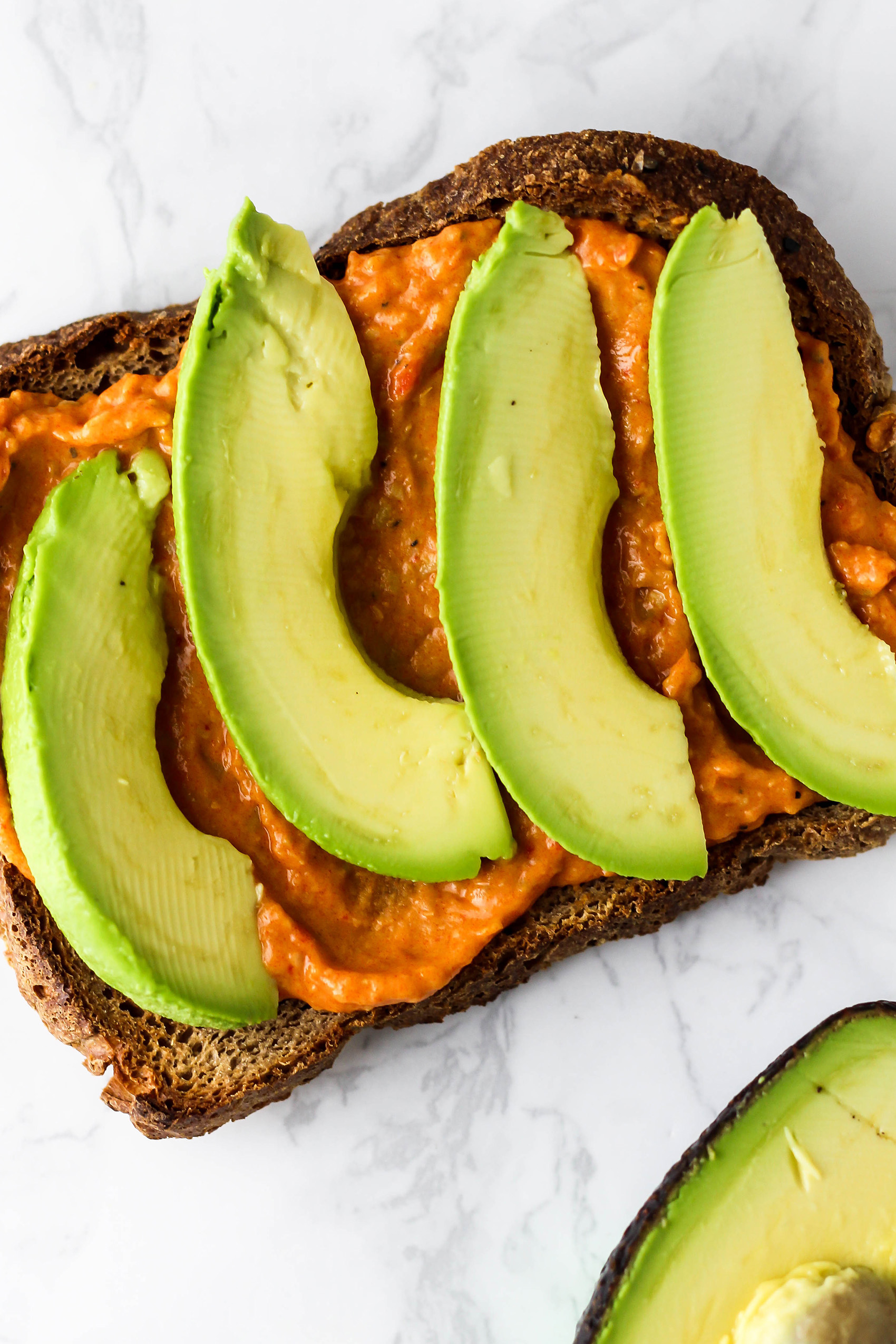
Healthy Blood Glucose Ranges
There are three different measures of blood sugar that medical professionals will typically use:
- Fasting. This is when blood sugar should be the lowest since you haven’t eaten in 8-12 hours (typically done in the morning). A normal level is 70-99 mg/dl. For someone with diabetes, a recommended level is 80-130 mg/dl.2
- 2 hours post-meal. Since you’ve recently eaten, blood sugar will be elevated. But, if insulin isn’t working correctly, it will still be too high. A normal level is <140 mg/dl. For someone with diabetes, a recommended level is <180 mg/dl.3
- A1C (or HbA1c). This measures your average blood sugar over the last 3 months. A normal A1C level is <5.7%. For someone with diabetes, a recommended level is <7.0%.4
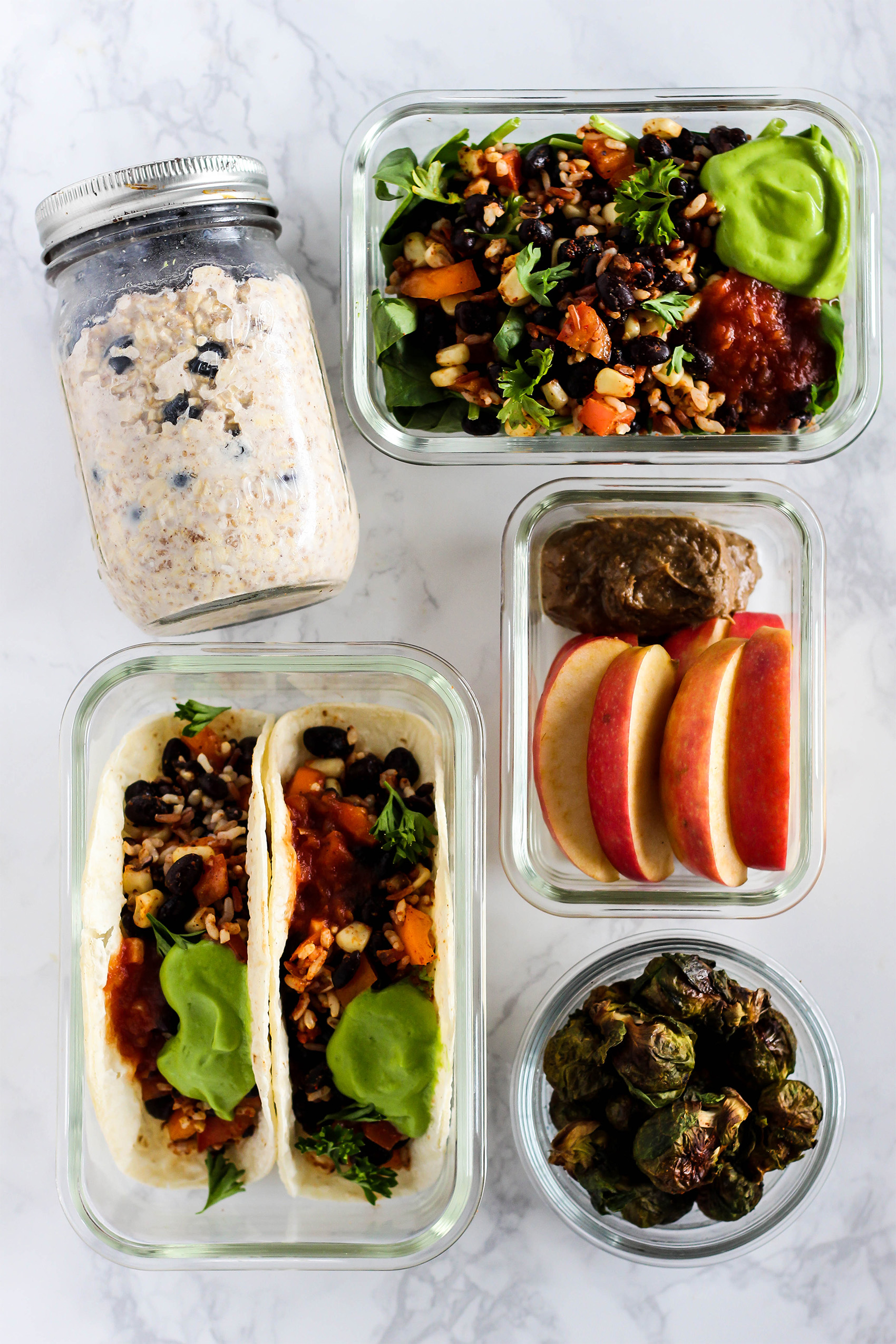
Food and Movement Strategies
First, I’d like to mention sleep and stress. If you were my client, I would work on improving sleep and reducing stress before even talking about food and exercise. We’ll talk about stress in a bit!
Here are my tips for how to balance blood sugar with food and movement:
- Eat consistently throughout the day. This helps us avoid blood sugar spikes and crashes which, over time, can contribute to insulin resistance and don’t leave us feeling good. Our bodies like getting energy every few hours.
- Eat carbohydrates consistently throughout the day. No, you shouldn’t eliminate carbs if you want to balance blood sugar. We need carbs. Eating them consistently also helps us avoid blood sugar spikes and crashes. Also, eating carbs consistently also helps us avoid the diet-binge cycle.
- Add protein, fiber, and fat to meals. Protein, fiber, and fat help the energy in carbs last longer and help slow glucose absorption, which could help improve blood sugar levels. For example, this would look like a quesadilla with tortillas (carb), beans (protein), avocado (fat), and sautéed vegetables (fiber).
- Add protein, fiber, or fat to snacks. Carbs in snacks give us energy, which is great! But, for blood sugar maintenance, it’s helpful to make sure to have at least one other component to our snack. For example, a banana + peanut butter versus just a banana.
- Find movement you enjoy and want to do regularly. The best forms of movement are ones you enjoy doing! Regular exercise can contribute to better blood sugar levels overall, so find something you can incorporate into your life happily.
- Take a 10-15 minute walk after meals. Any low-intensity movement (walking, yoga, dancing) immediately after meals can help blunt a rise in blood sugar. But, you don’t have to do this for every meal!
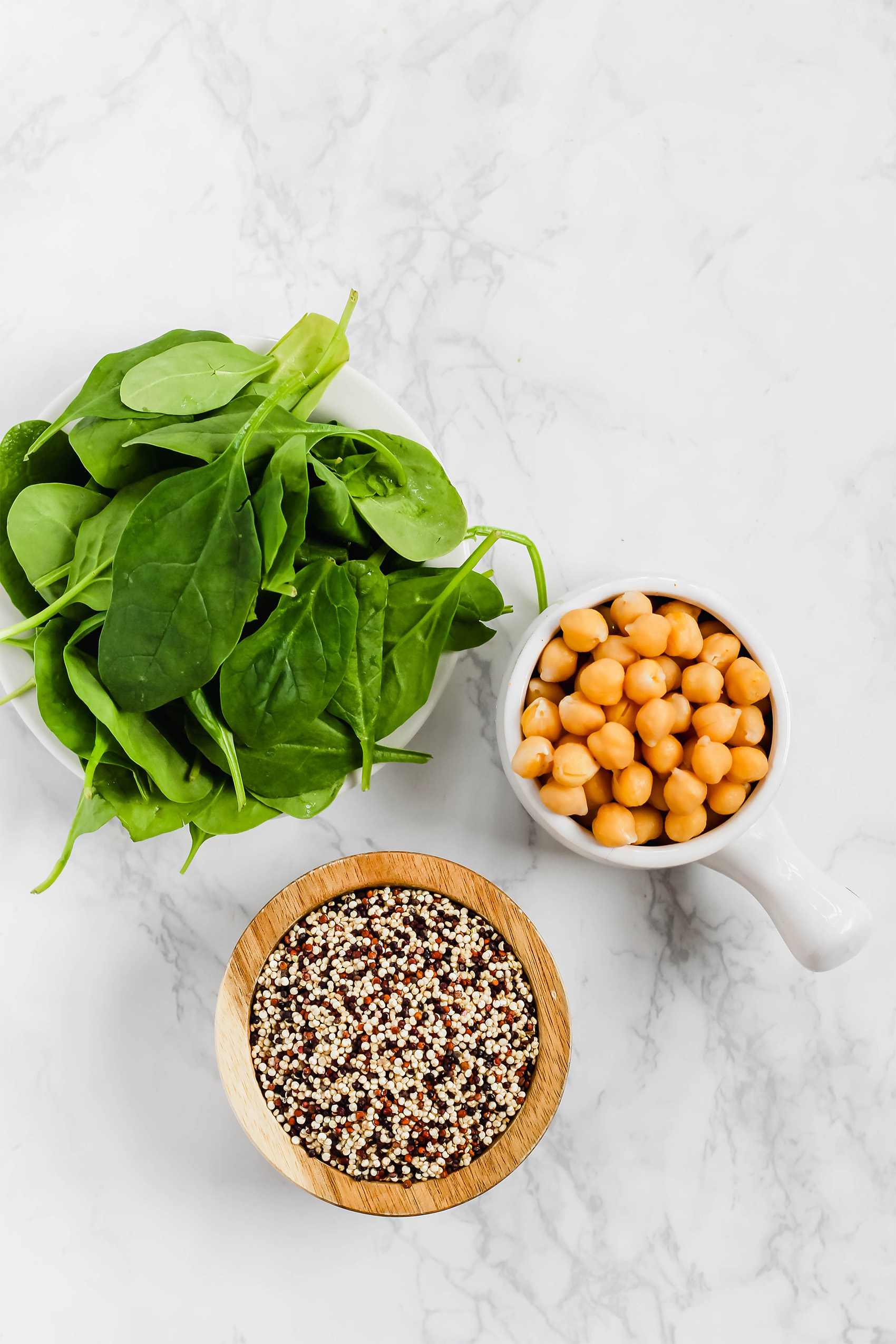
Can Stress Raise Blood Sugar?
Yes, it’s true that increased stress over time can keep blood sugar high. No matter the type of stress you’re experiencing (work, guilt around food, socioeconomic barriers, discrimination), your body recognizes it as a threat. Then, your body shifts into “fight or flight” mode, which keeps insulin low so that glucose (energy) can be available.5 But, if you remember from earlier, insulin is what gets glucose into cells so that 1. blood sugar decreases, and 2. our cells have energy to be utilized. Thus, in times of stress, your body fights to keep blood sugar high even in times when it should be lower.
Because of the many stressors we all face daily, it’s not uncommon to see many people nowadays struggling with chronic stress. I encourage you to seek out strategies to cope with these stressors, especially if you’re concerned about your risk for diabetes or other blood sugar disorders.
I’m accepting 1-on-1 nutrition clients! Click here to learn more about how I can support you in ditching diet culture, letting go of food guilt, and learning how to respect your body.
The information in this post is for educational purposes only and is not a substitute for professional medical advice.
- https://my.clevelandclinic.org/health/diseases/22206-insulin-resistance#:~:text=Your%20body%20digests%20highly%20processed,can%20lead%20to%20insulin%20resistance.
- https://www.diabetesselfmanagement.com/blog/what-is-a-normal-blood-sugar-level/
- https://www.diabetesselfmanagement.com/blog/what-is-a-normal-blood-sugar-level/
- https://www.diabetesselfmanagement.com/blog/what-is-a-normal-blood-sugar-level/
- https://dtc.ucsf.edu/types-of-diabetes/type2/understanding-type-2-diabetes/how-the-body-processes-sugar/blood-sugar-stress/

